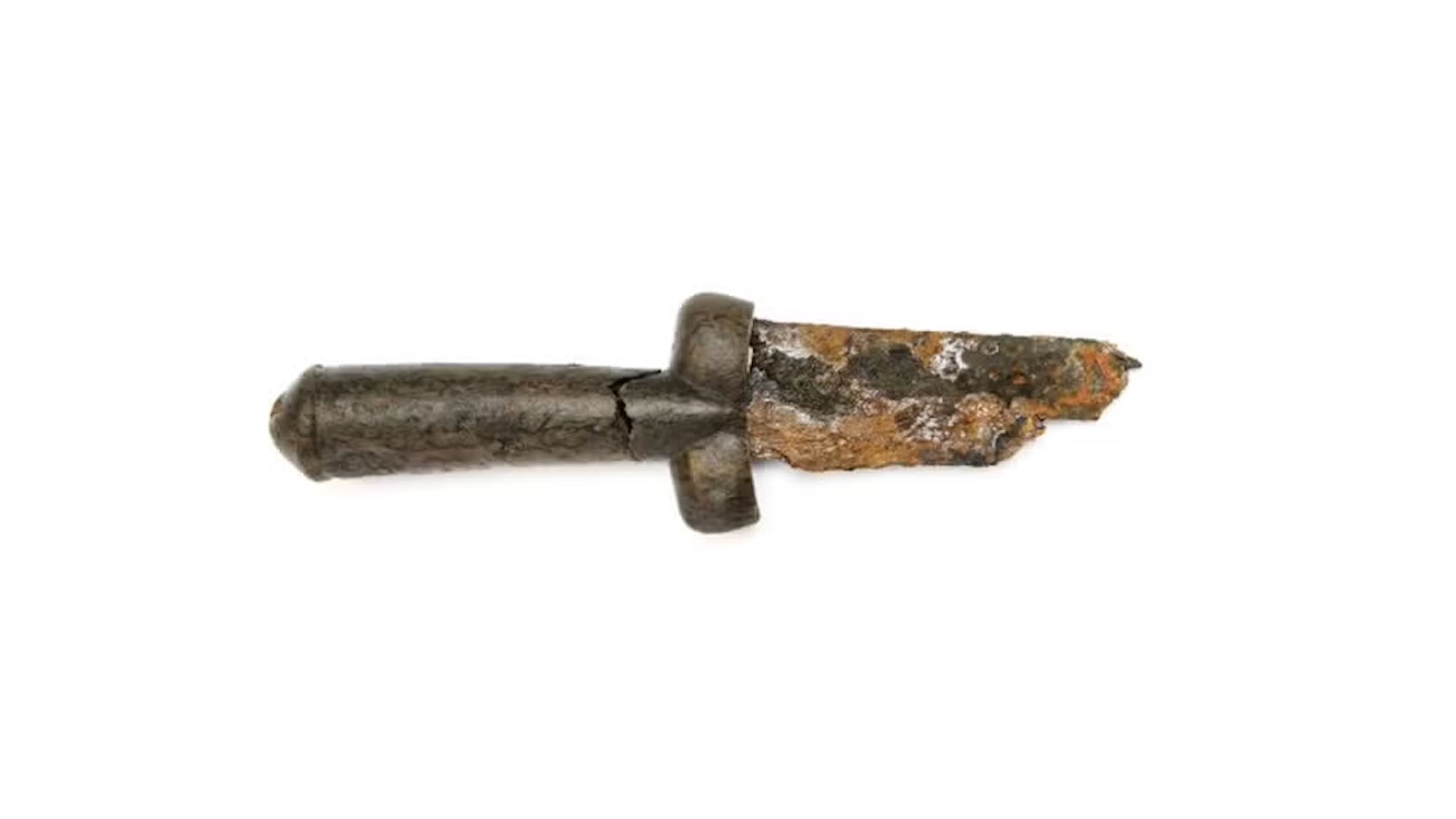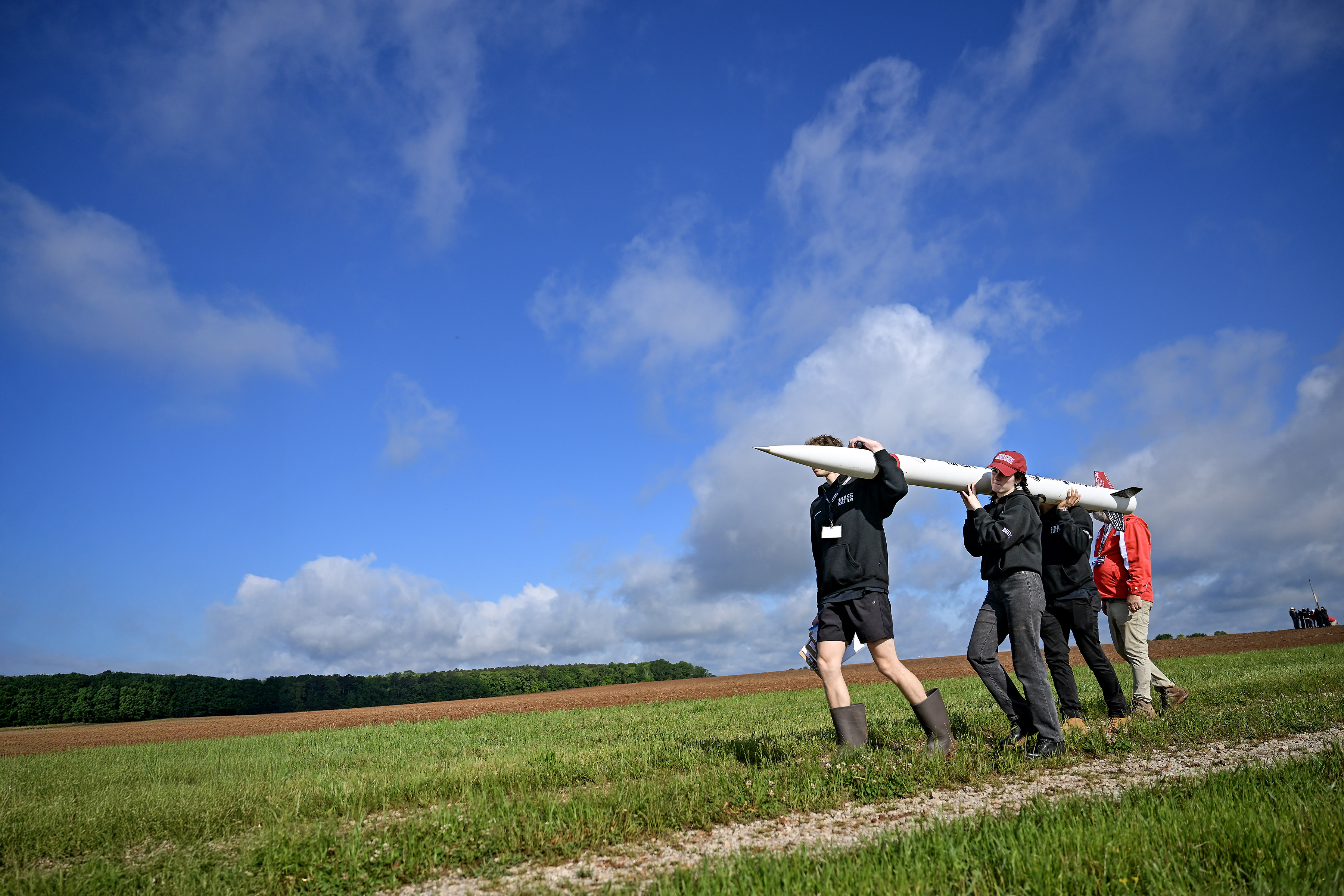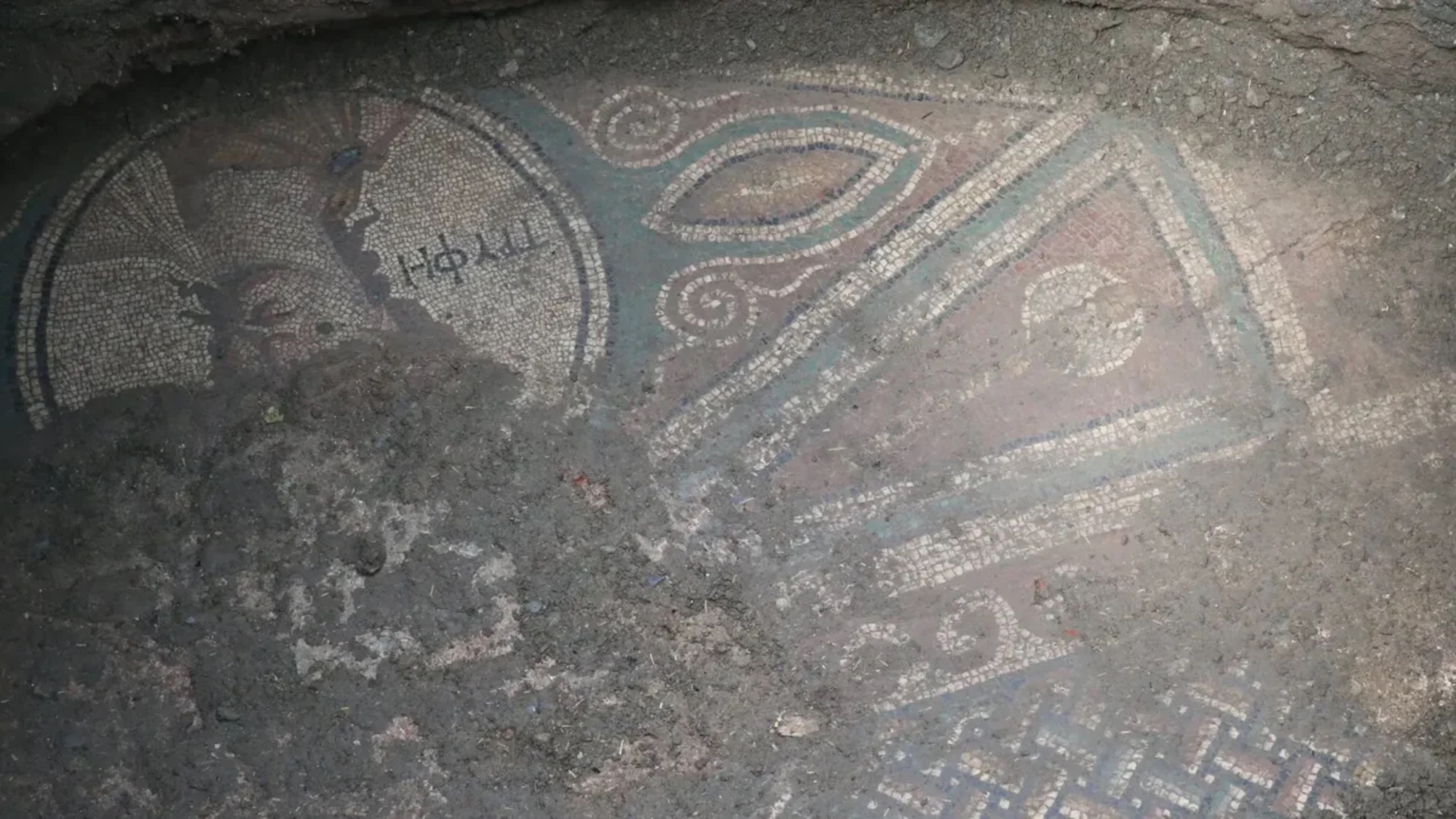Medieval ‘testicle dagger’ lives up to its name
Archeologists found the weapon in one of Sweden's most famous castles. The post Medieval ‘testicle dagger’ lives up to its name appeared first on Popular Science.

Nearly eight years of excavation work at a medieval fortress in Gothenburg, Sweden has yielded a number of revealing archeological finds. But one item stands out among the crossbow arrows, beer taps, and cookware—a 15th century “testicle dagger” whose name makes sense once you see its design.
Sweden’s Gullberg hill served as a strategic military outpost for hundreds of years and is one of the country’s most important historical defensive compounds. Overlooking Göta River, the area long functioned as the nation’s sole direct access point for the North Sea while the rest of the western coast remained under the domain of Denmark-Norway. The very first structures were erected under the direction of King Birger in 1285, but by 1455 “Gullbergs hus” (literally “Gullberg’s house”) had fallen deep enough into disrepair to warrant a rebuild. Gullberg Castle was sacked twice, once by the Danes in 1523 during the Swedish War of Liberation and again in 1612 amid the Kalmar War. The fortress was reconstructed a final time in 1692 and formally renamed Westgötha Leijon, or the Westrogothic Lion. Only in 1822 was the compound finally decommissioned.

In present-day Gothenburg, the need for a new train station along Sweden’s Västlänken line necessitated renewed archeological surveys at Westgötha Leijon between 2014 and 2023. Despite previous examinations around the site, the most recent outings still surprised researchers.
“We didn’t think there would be as much left as there was,” Anders Altner, an archeologist at the State Historical Museum, explained in a statement.
Architectural finds included remnants of houses, earthworks, and walls, as well as a fortress gate and a tower basement. According to Alter, the buildings were erected using a mixture of components like stone, brick, earthen ramparts, and timber.
While the first building dates back as early as the 14th century, many of the individual objects discovered by archeologists ranged between the 15th and 17th centuries. These included weaponry like light cannons and pistols, along with artifacts from daily life such as a limestone sundial, beer taps, a soup spoon, and a sand spreader—a palm-sized perforated canister used for sprinkling fine sand over newly written documents to soak up excess ink.


Then there’s the testicle dagger. Although its iron blade is broken and significantly chipped, the wooden hilt crafted from curly birch remains in surprisingly excellent condition. Its decorative designwork leaves little to the imagination and answers any lingering questions about how the weapon earned its nickname. Even for a knife, the overall shape is particularly phallic, with a penis-like pommel and two decorative, testicle-like orbs above the grip.
As Arkeonews explains, many experts believe its wielder wore their dagger “in a manner befitting its suggestive shape.” But aside from its explicit imagery, the testicle dagger likely served its owner beyond pure ornamentation. The handle’s design, while “Not Safe For Work” by today’s standards, would have offered a better grip and additional force when attempting to damage an opponent’s armor. Combined with the other, less-phallic weapon artifacts, the testicle dagger helps to better contextualize life at the frequently besieged Gullberg Castle and later Westrogothic Lion redoubt.
With excavations largely complete, the fortress artifacts (yes, including the dagger) are currently on display at the Historical Museum in Stockholm through January 2026. For those who can’t get over to Sweden in time, there’s also an exhibition booklet available online.
The post Medieval ‘testicle dagger’ lives up to its name appeared first on Popular Science.






















































































































































